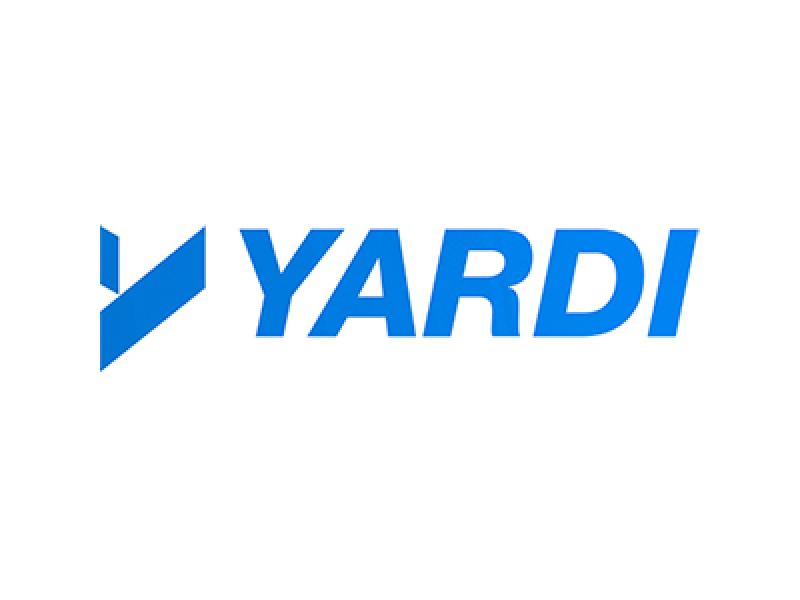
As the Canadian office real estate industry begins to move through 2023, professionals dive deeper into the keys to creating a real estate strategy that aligns with industry expectations and unlock value. That issue is especially compelling considering the complexity of the economic environment.
As of the third quarter of 2022, “the uncertainty surrounding the office market, now in combination with escalating economic headwinds, continued to hinder any sustained recovery to the majority of office markets across Canada,” even as the overall asking net rent remained stable across the country, according to a Cushman & Wakefield research publication.
Pandemic’s lingering impact
2020 brought quantum change. Prior to the onset of the COVID-19 pandemic, office property owners focused their technology implementations on enterprise resource planning issues such as leasing, paying bills and generating financial statements for owners and investors. When social distancing mandates struck, they provided a catalyst for technology adoption throughout real estate verticals.
While financing, operational management, leasing and rent collection were served well by tech, a new issue arose in 2021: the emergence of hybrid work arrangements that reduced the need for office space. The implications of that shift will continue to cause disruptions in 2023.
Upgrading the tenant experience
Before the pandemic, landlords’ priority was helping their tenants run their business effectively, with little to no focus around the tenants’ employees. In the post-pandemic era, the spotlight has turned more directly to their tenants’ principal concerns - enticing workers back to the office and keeping their leased space occupied. Succeeding in that this year will require mastering the essential elements of a business in a digital environment. Thus, guiding some office property owners to upgrade their technology to help better manage the new lease to lead life cycle.
The first solution for many is to gain clearer and real-time visibility into asset performance, including upcoming lease expirations, tenant options and encumbrances, so they can make better-informed investment decisions. Achieving these objectives will depend largely on property management technology that can automate these operations while efficiently aggregating and analyzing data relating to operations such as revenues, debt, risk, occupancy, and sales.
Another area gaining momentum in corporate real estate is enhancing the customer experience with self-service software. For example, existing technology can enable tenants’ employees to reserve rooms or desks in an office space while listing the other staff members who are expected to be on site on any given day. Such platforms are also capable of handling accounts payable, general ledger and more in a single connected solution.
When looking to differentiate your property from the competition, amenities such as concierge services or online maintenance requests capability can be difference-makers. “You, and your tenant, will get more out of the spaces when you include the human experience. Only focusing on the space misses an opportunity to charge more per square foot,” Kane Willmott, cofounder and CEO of iQ Offices, Canada’s largest independent coworking company, said during a panel discussion at The Buildings Show in November.
Secure online portals and other attractive features mentioned above can offer maximum benefits when part of a technology platform that houses all financial and operational data in a centralized system.
The tech angle
Before any tenant needs can be met, office owners and operators must have reliable data and a holistic view across their portfolio. That’s where a single connected system comes into play. These platforms can centralize all data into one dashboard, simplifying data tracking throughout the tenant lifecycle, while continuously collecting data related to occupancy, lease terms and other operations.
An integrated system containing all relevant operational and financial data boosts productivity and efficiency among all office property teams – financial management, marketing, lead management, visitor management or any other operation – by providing a single, reliable source of the truth. Everybody has the data when they need it, without integrating multiple systems or duplicating data entry.
Marketing software are also expected to gain traction in 2023. These technologies will market commercial spaces by automating listings based on actual availability and distribute listings to other marketplaces, saving the time and inconvenience of manual entry and data transfer. With all marketing, leasing and operational data managed in one place, businesses can reduce leasing cycle times and boosts revenue at the same time.
Strengthening the tenant connection
Automation and real-time access to deal management, marketing and leasing will be the most sought out corporate management technology in 2023. These trends indicate a future in which increased interconnection between office space owners, operators, tenants, and tenant employees will be the norm. Corporate office businesses equipped with integrated technology that manages the entire real estate lifecycle, from lead to lease to tenant service, will be better equipped to focus on reimagining, strategizing, and redesigning their workspaces to prevail through the unique challenges of this pandemic-infused era. Those business’ failing to evolve may have to exit the market altogether.











